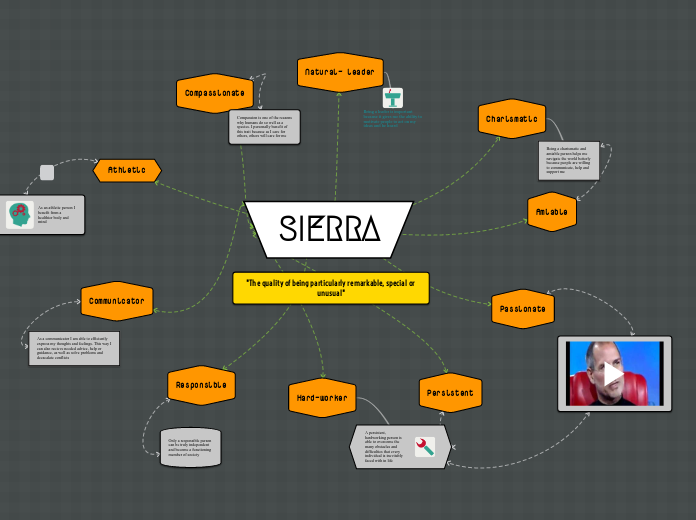realizată de Santiago Sierra 6 ani în urmă
329
santiago_sierra@javeriana.edu.co

realizată de Santiago Sierra 6 ani în urmă
329

Mai multe ca acesta